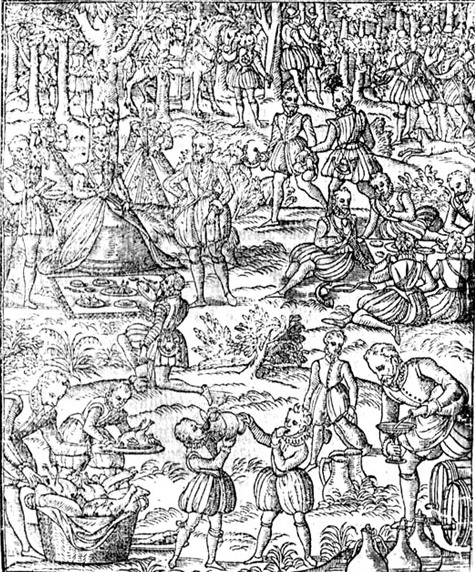
The period between the year 1485 and 1603 is remarkably noted as the Tudor Period, in England and Wales. This period consists of the entire period of Elizabethan rule and carried on until 1603. Elizabeth I was the reigning queen of this period. This period is called the “Tudor Period” as the period coincided with the time of the great dynasty of the House of Tudor located in London, the first monarch of the same being Henry VII.
As per John Guy, he stated, “England was economically healthier, more expansive and more optimistic under the Tudors”, which was during the time of the Tudor Period than any other time taken into consideration in a span of one thousand years.
Hunting of Wildlife during the Tudor Period
Contents
There is a typical question many people ask that why were there so much of wildlife killed during the Tudor Period in England and Wales. This was basically due to a law which was first introduced in 1532 by Henry and then improvised in 1566 by Elizabeth. It is said that due to this law, there were animals killed in millions. But, what did the law exactly say that this huge number of wildlife was washed out during the Tudor Period?
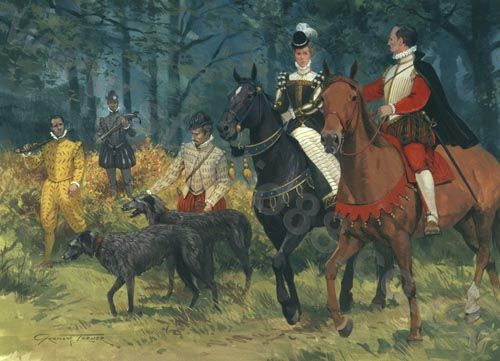
The law stated that every individual during the Tudor Period, be it a child, a man or a woman residing in the country had to kill animals. The law supported the individuals in not only killing animals but killing them with a number as much as they could with a list named ‘Vermin’.
As per the list and the law, each animal was supposed to have a head with a ‘bounty’ on it. The meaning of this is, suppose an individual killed an animal. Then, that individual will get paid as per the rate of the animal. The rates varied like, there were few birds whose price was a single penny but again, the worth of foxes were twelve pence.
The animals which were mostly looked for by everyone hunting during the Tudor Period were hedgehogs, kites, polecats, kingfishers, choughs, badgers, ravens, shags, woodpeckers and pine martens.
Apart from the bounty of hedgehogs, there was another reason that they were hunted down by the people. This reason was, many people believed that it was the hedgehogs, who were responsible for sucking milk from the cow during the night.
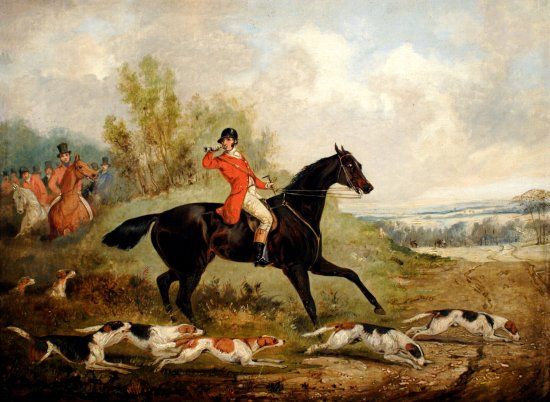
These two reasons, if not more, led to the death by hunting of hedgehogs in numbers showing about half of one million throughout the 17th century and also during the early 18th century. The bounty of a hedgehog was 4 pennies, which had a worth more than that of a wild cat, weasel or a stoat. It was not really very bad if one considered the earning of a person who worked on a farm, which would be about the same as per that of a full working day.
What animals did the Tudors hunt?
Animals like hedgehogs, polecats, kites, foxes, birds such as kingfishers were the ones to be hunted the most during the Tudor period. Woodpeckers, shags and pine martens were also common preys. Almost half-a-million hedgehogs were killed in the 17th and 18th century because it is believed that hedgehogs sucked the milk of cows at night.
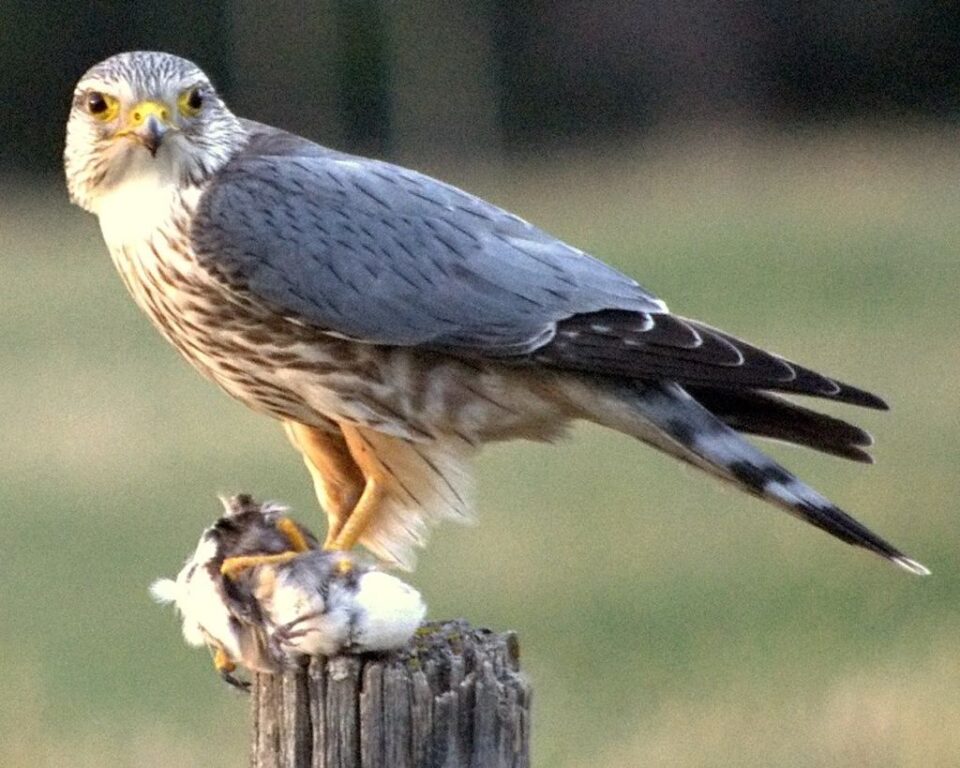
Hedgehogs, therefore, were worth more than animals like weasels and wild cats. Another reason for killing animals was that people believed that animals would steal food and spread diseases. When the harvest was bad, people did not have much food to eat. The sickness also spread easily.
Where did Henry VIII go hunting?
Hampton Court was Henry’s favourite spot for hunting. Of course, he had a number of other places to go as well. Hampton Court was the place which Henry had turned into his pleasure palace. It was exclusively set up for sports, feasting, jousting and also hunting.
Hunting was also viewed by most nobilities to be an activity that marked a true gentleman. Such wide hunting was, of course, protested against by some humanists such as Desiderius Erasmus and Thomas More, but it never ceased to be an entertainment to the royal people.

Weapons Used for Hunting During the Tudor Period
-
Weapons brought forward from the Medieval Period
There were many weapons used by the people of that period which was brought forward from the medieval period for the purpose of wildlife hunting. These weapons mainly included many different types of swords, the mace, the lance, bows and arrows, crossbow, halberd, poleaxes, the battle-axe, the dagger, bill and billhooks, caltrop, longbow, pike and spears.
-
The Rapier

A clumsier cutting sword is basically what was known as the rapier, which was more widely used by the nobles when compared to the elders for wildlife hunting. To use the rapier, one had to have tremendous fencing skill to master the weapon. Sword and fencing skills were the two most important aspects of all nobles, the reason being why the rapier was more widely used by the nobles for the purpose of animal hunting
-
Guns, Firearms and Cannons
Matchlocks were first being used as firearms, but due to the slowness, inaccuracy and being expensive, some improvisations were done. These matchlocks were later replaced by a weapon called the Flintlock, another firearm which was widely used as a hunting tool during the Tudor Period. Along with these firearms, people also made use of a variety of guns and cannons for the purpose of hunting.
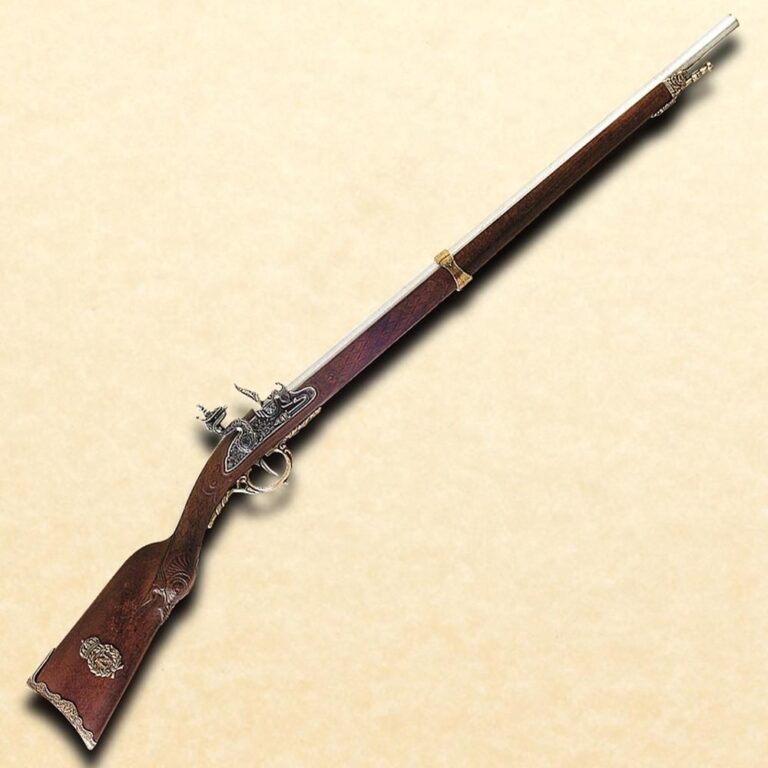
These being said, was there any specific reason as to why such a law was initiated by Henry and then improvised by Elizabeth? Yes, there is a reason. People during the Tudor Period believed and blamed all the animals on grounds of spreading diseases and also on grounds of stealing f0od. Harvests were being bad during that period and thus, there was not really much food for people to live on. Adding to this was the growing population, which resulted in an easier and faster spreading of diseases.
Finally, it was the middle of the 18th century, when people slowly started to believe that due to this law, many animals were on the verge of becoming extinct, which included the hedgehogs. This resulted in the law to become abolished in the middle of the 18th century.
